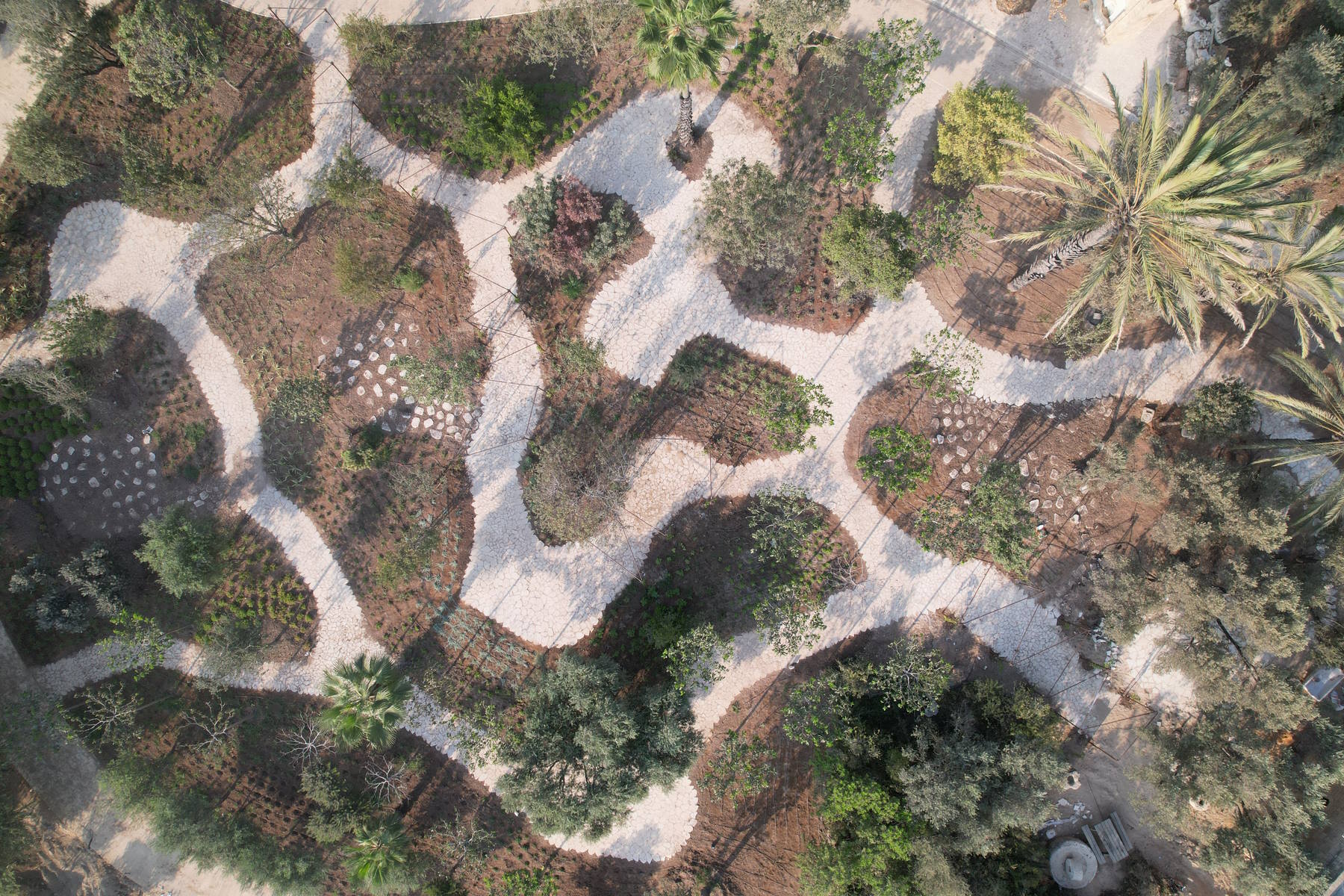Open Today 10:00–18:00
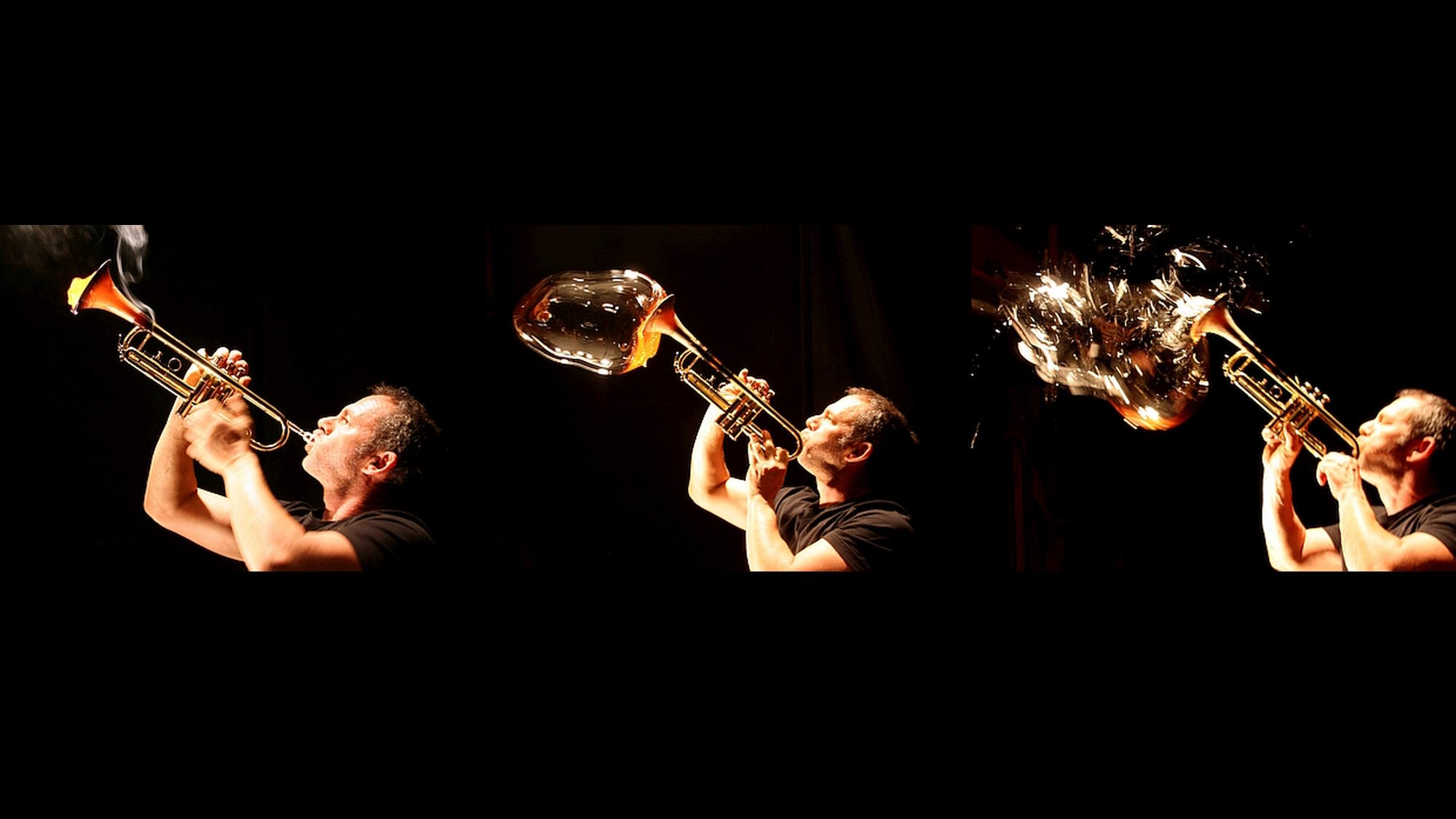
Blow! The Power of Exhalation
An Experiential Interactive Exhibition For The Entire Family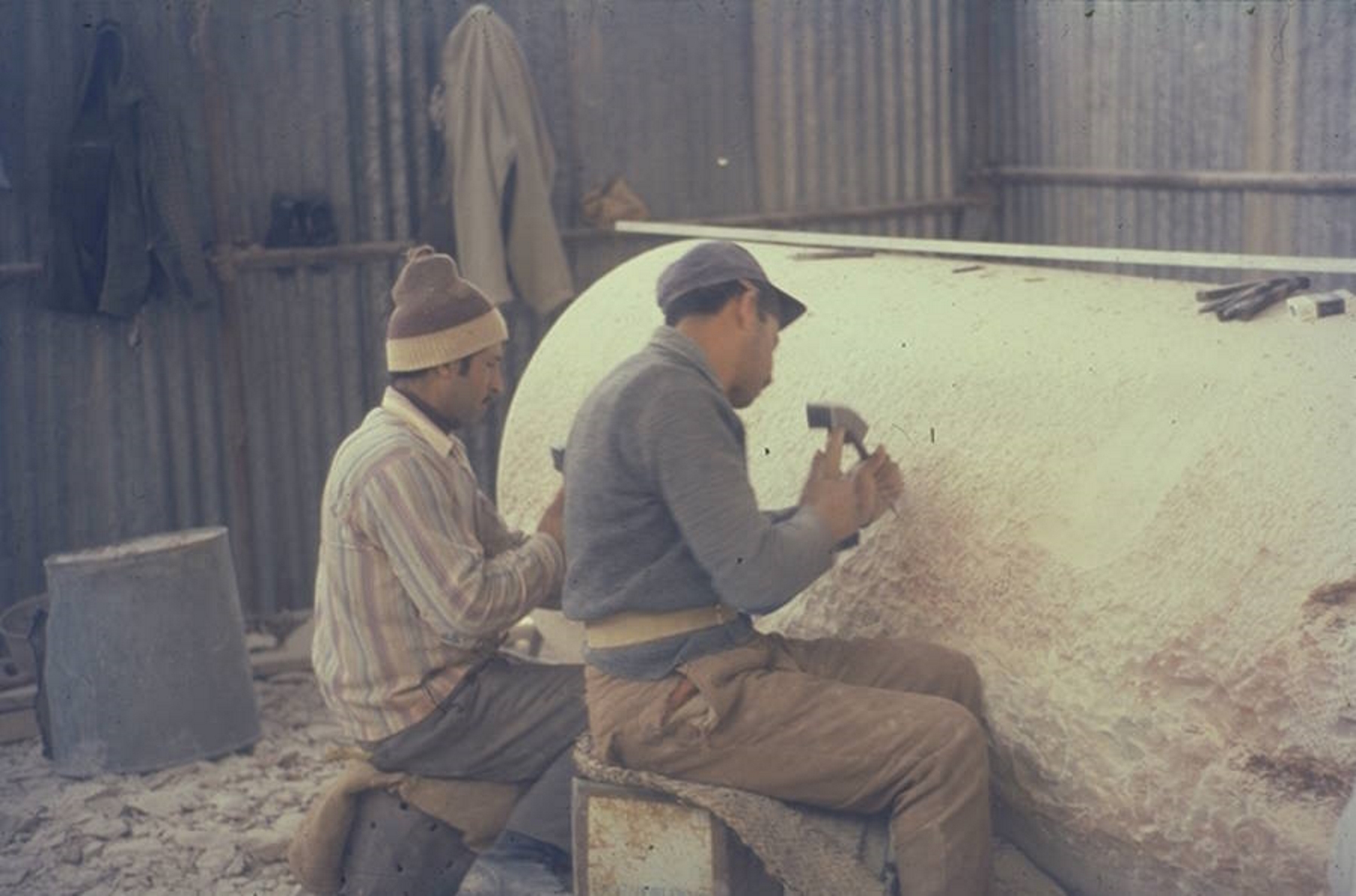
“The Book Must Work”
Implements and Craftsmen in Meir Shalev’s Oeuvre and in the MUZA Collection
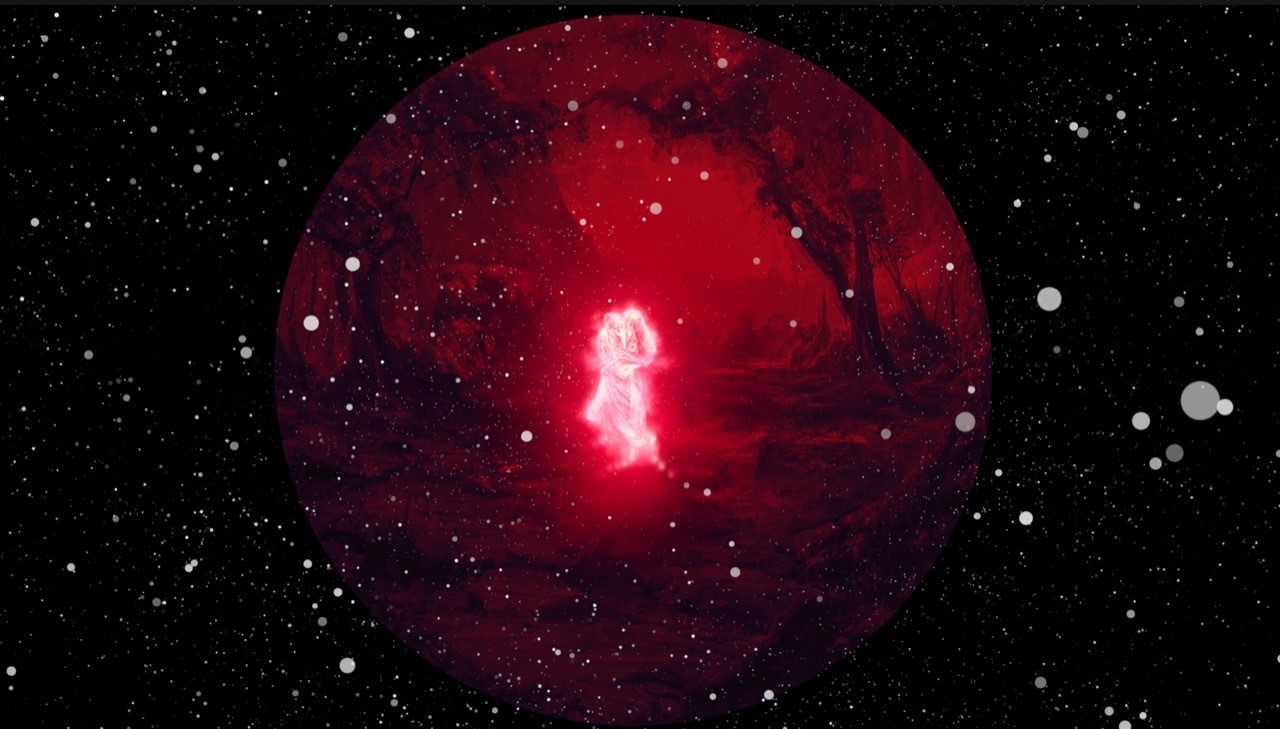
Ran Slavin: Paradise Now (Vol 2)
A Site-Specific Multi-Media Video Installation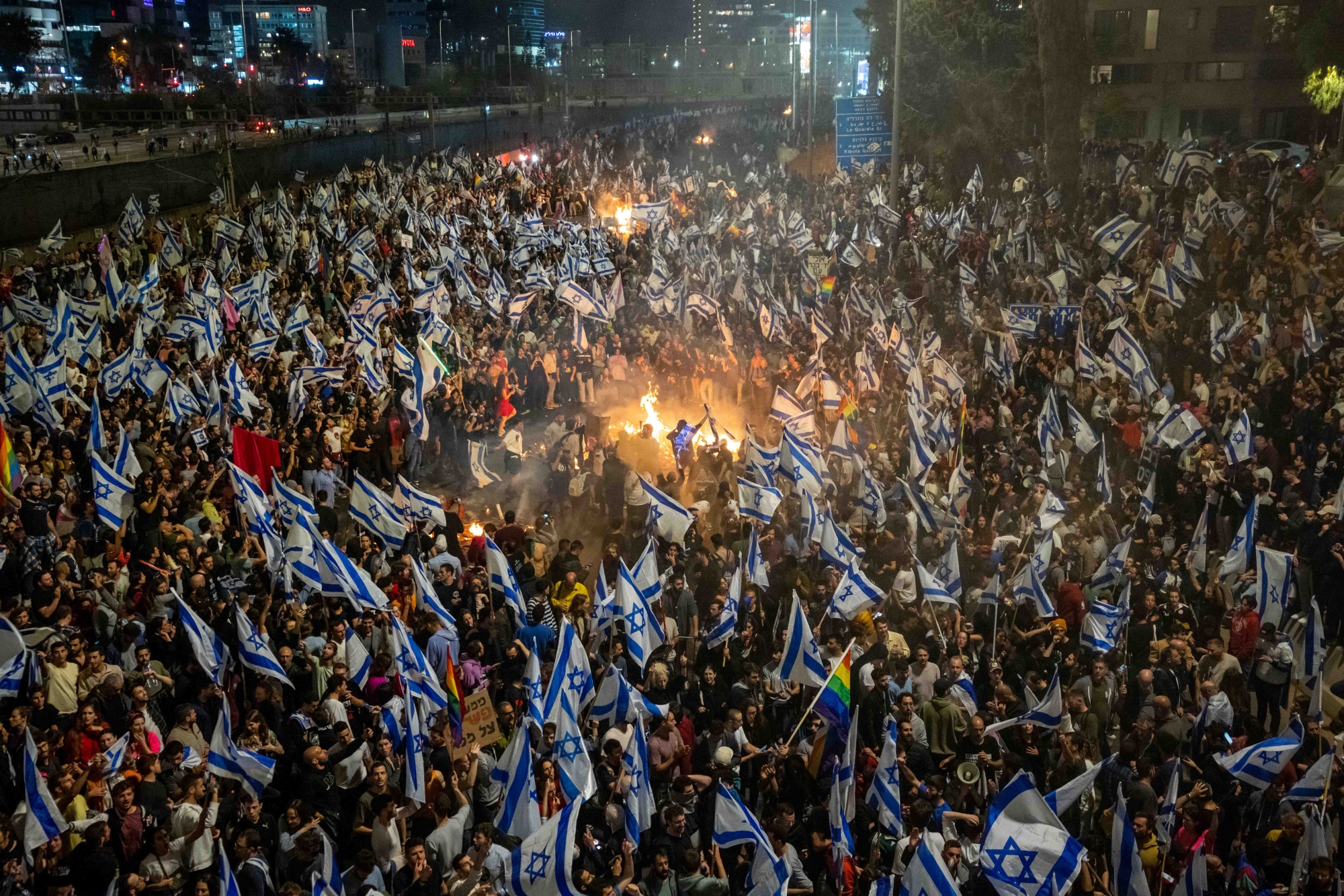
Home
What’s on
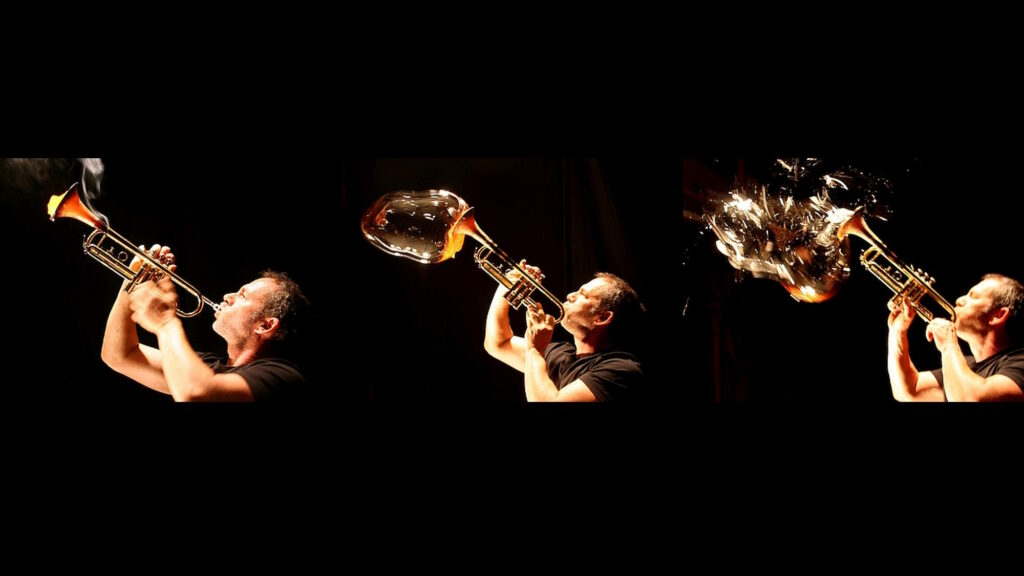
Blow! The Power of Exhalation
20.04.24-26.10.24
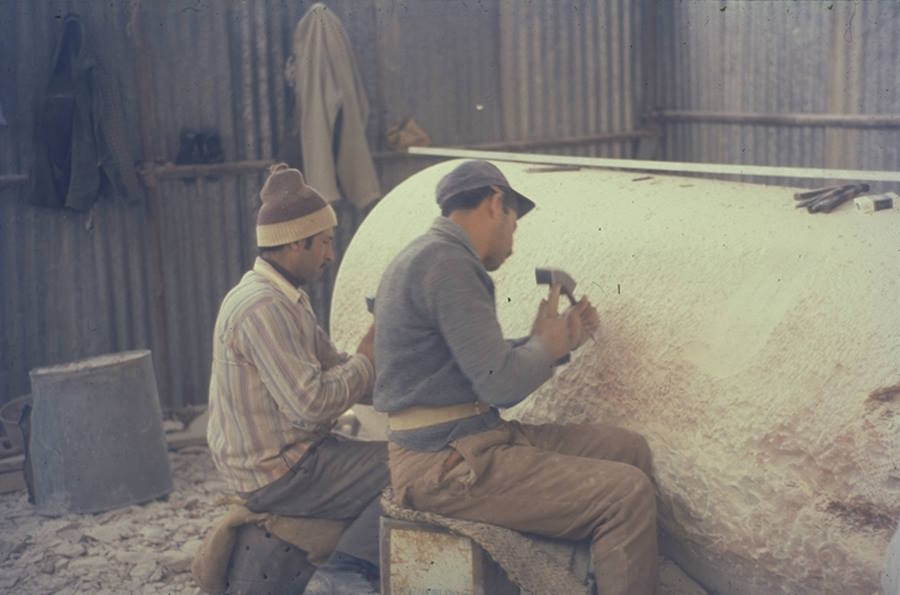
“The Book Must Work” Implements and Craftsmen in Meir Shalev’s Oeuvre and in the MUZA Collection
12.04.24-12.10.24

An Asana Moment Meditative Breathing Now
30.03.24-15.06.24

Ran Slavin: Paradise Now (Vol 2) A Site-Specific Multi-Media Video Installation
30.03.24-15.06.24
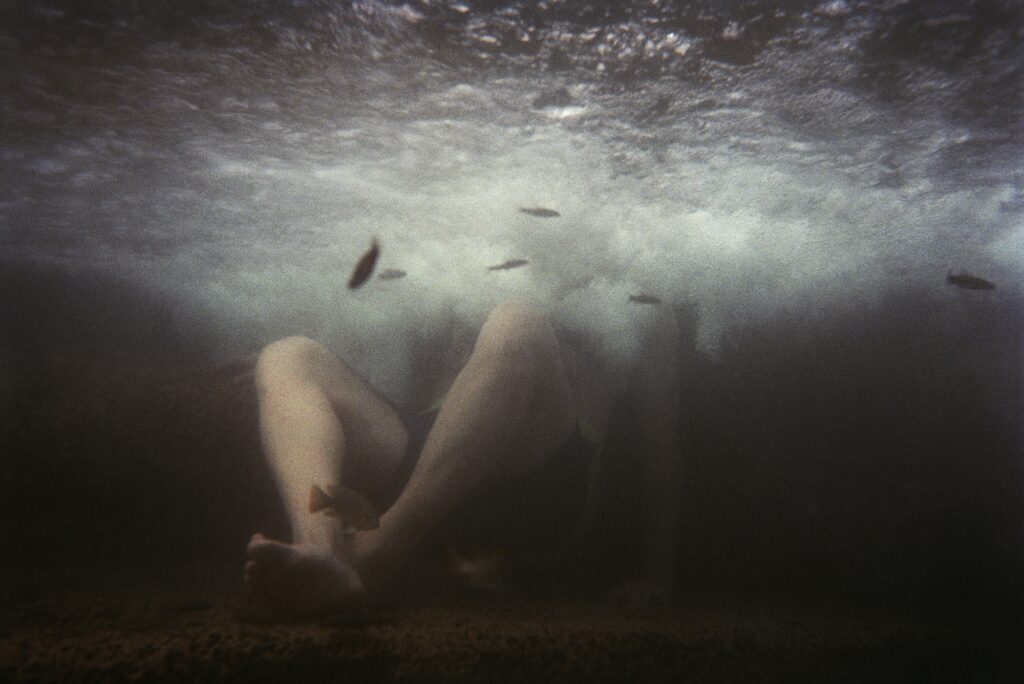
Days before Darkness Daniel Tchetchik
19.01.24-08.06.24
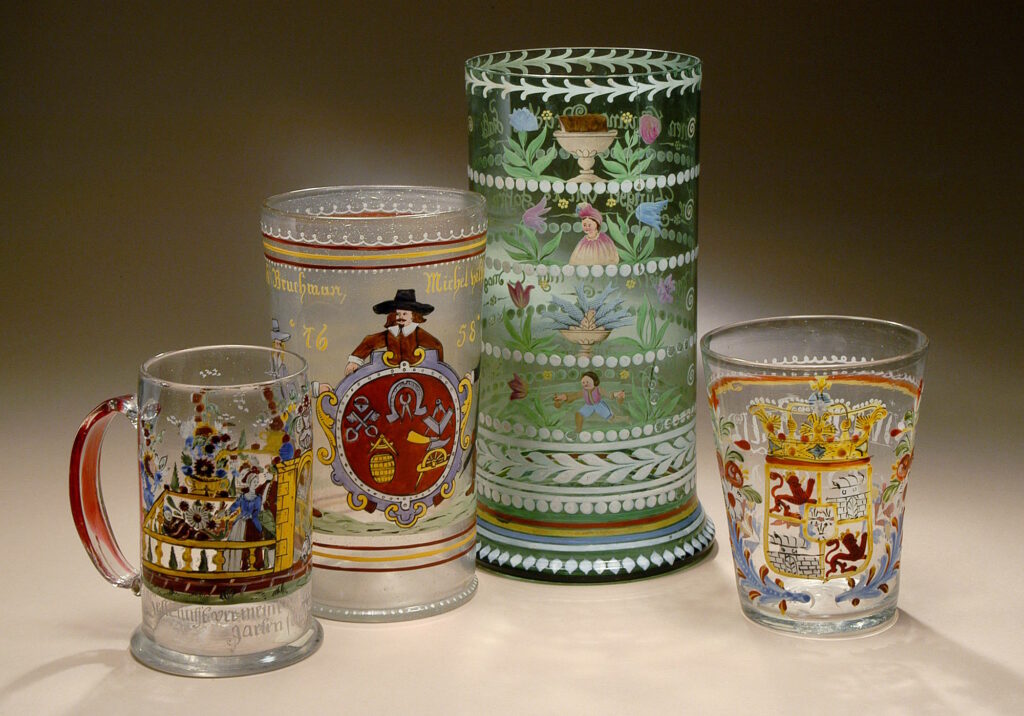
European Glass from the Renaissance to the Mid-19th century Special Exhibition at the Glass Pavilion
15.01.24-15.05.24
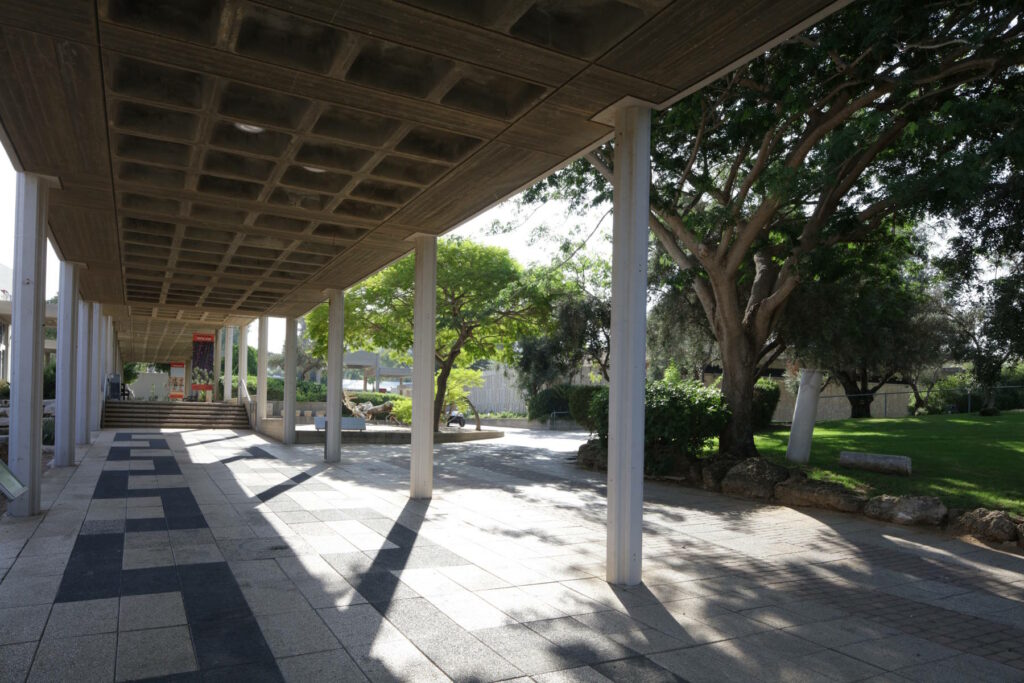
Permanent exhibitions At the museum's pavillions
Open to visitors all year round
Museum Shop


